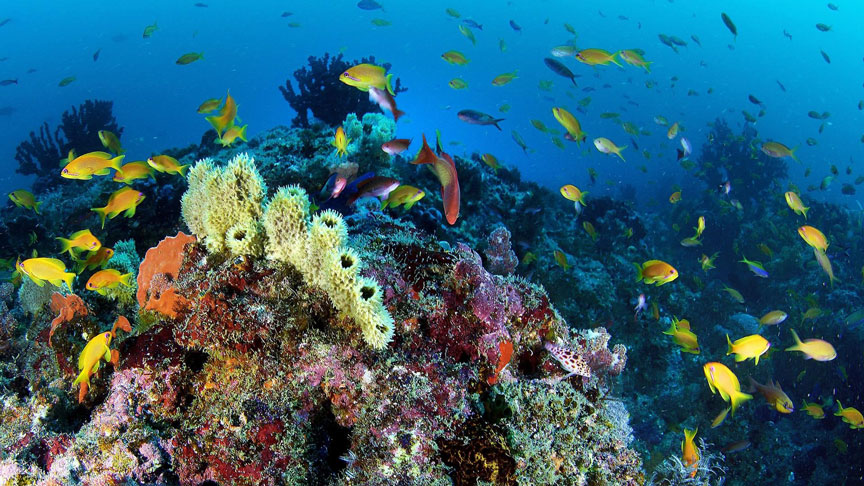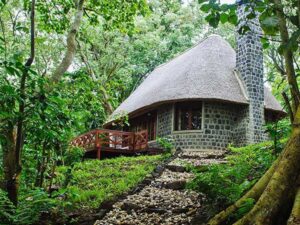Table of Contents
Africa offers an array of enchanting snorkeling and diving experiences along its extensive coastlines. From the warm waters of Zanzibar to the diverse marine ecosystems of South Africa, this continent beckons aquatic enthusiasts with a wealth of underwater wonders.
Africa’s snorkeling and diving adventures promise a blend of awe-inspiring marine life, diverse landscapes, and unforgettable moments beneath the waves, making it a sought-after destination for aquatic enthusiasts.
SUMMARY
1. Zanzibar
2. Seychelles
3. Mozambique
4. Madagascar
5. Mauritius
6. South Africa
Overview of Best Snorkeling and diving trips in Africa
How to Choose Best Snorkeling and diving trips in Africa
Pros & Cons of Best Snorkeling and diving trips in Africa
What to Watch Out For
Pro Tips
Recap
1. Zanzibar

For an unforgettable underwater adventure, go through the captivating coral reefs surrounding the Zanzibar archipelago. Imagine the pristine, crystal-clear Indian Ocean waters concealing exquisite coral formations.
First, check out the expansive coral reef encircling Mnemba Island. But if you want a more peaceful, off-the-beaten-path experience, go for the hidden treasures of the Menai Bay Conservation Area off Zanzibar’s southwest coast. Don’t overlook tiny yet charming Chumbe Island. Let its beauty dazzle you!
- Pick from a good number of dive operators, as well as some resorts with in-house dive centers.
- Enjoy as there’s no skill level for divers at all levels.
- Reveals amazing visibility vibrant coral reefs and marine life in the crystal clear waters.
- Includes variety everything from shallow reefs to steep drop-offs and shipwrecks.
- Has crows due to popular sites like Mnemba Reef.
- Has remote sites with less infrastructure.
- Offers many spots short dives of just 20-45 minutes due to depth limitations.
- Adds up trips, gear rental, and lodging, especially for top-tier resorts, leading to high expenses.
- Remains diving available year-round, although runs the prime season from November through March.
- Ranges temperatures constantly between 78-85°F (25-29°C) throughout the year.
- Reaches visibility upwards of 100ft (30m) outside of the wet season.
2. Seychelles
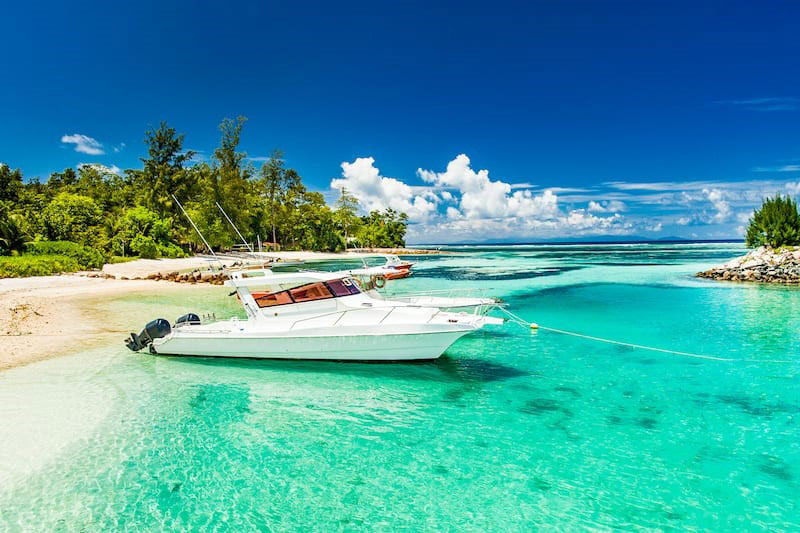
Let the Seychelles dazzle you with some of Africa’s best diving and snorkeling. These pristine islands in the heart of the Indian Ocean offer calm, clear waters brimming with life. Prepare to behold reefs exploding with color and motion. Over 1,000 species of fish, along with giant tortoises and sea turtles, call this marine habitat home.
Lose yourself in the vibrant underwater community as you float weightlessly through the thriving coral structures.
- Provides accessible sites from shore like Anse Lazio and Anse Georgette shallow reefs perfect for snorkeling.
- Offers outer island dive sites like Brissare Rocks and Shark Bank steep walls and reef drop-offs.
- Allows wreck diving around Mahé exciting exploration of sunken ships and planes.
- Offers Silhouette Island drift dives along sea grass beds full of marine critters.
- Has less visibility during southeast monsoon season from May to September
- Requires conservative dive planning due to deep drops beyond recreational limits
- Lacks medical facilities on remote islands in case of diving accidents
- Poses risks of strong currents at some dive sites requiring experience to safely navigate
- Necessitate boat travel which adds costs.
- Offers April, May, October and November the best conditions for diving and snorkeling when seas are calmest.
- Maintains average visibility 20-30 meters but can reach up to 50 meters during the prime seasons.
- Holds water temperatures warm year-round, ranging from 27-29°C (81-84°F).
- Includes top dive spots Shark Bank, Brissare Rocks, Anse Lazio, Cat Island, and Marianne Island.
3. Mozambique
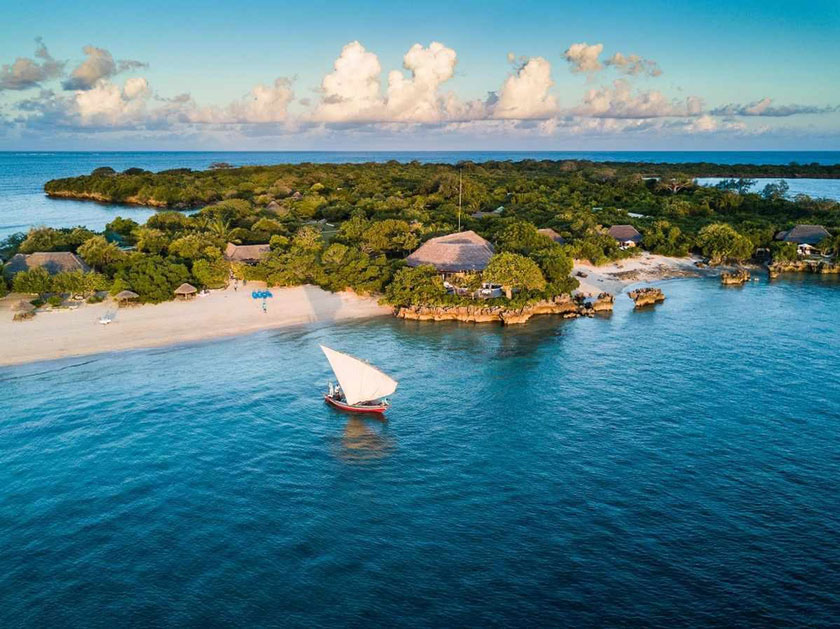
Prepare for a snorkeling and diving bonanza amid the turquoise waters surrounding Mozambique’s paradise islands.
Glide weightlessly through vibrant coral reefs teeming with schools of clownfish and angelfish. Spot mighty manta rays and sharks patrolling the outer reefs. If you’re lucky, glimpse majestic whales or dugongs in the open ocean. The remote Quirimbas and Bazaruto archipelagos offer pristine underwater realms perfect for underwater adventures.
- Provides the Bazaruto Archipelago National Park shallow, reefs perfect for novice snorkelers.
- Offers Benguerra Island spectacular drift dives through coral forests.
- Hosts the Quirimbas’ Medjumbe Island a superb dive site called The Office with sea mounts.
- Makes Mozambique ideal for divers of all skill levels with year-round warm water and minimal currents.
- Limits crowds due to remote location, providing a serene, private paradise underwater experience.
- Requires difficult travel logistics with remote locations and limited flights/accommodations
- Needs advance planning for areas with minimal tourist infrastructure and dive operation access
- Necessitates experience to handle remote conditions and logistical complexities
- Offers few creature comforts and amenities with basic lodges at many locations
- Has less medical facilities in case of diving injuries in remote areas
- Ranges it’s temperature from 77-79°F (25-26°C),
- Varies visibility from 26 to 130 feet (8-40m), but can vary due to plankton blooms.
4. Madagascar
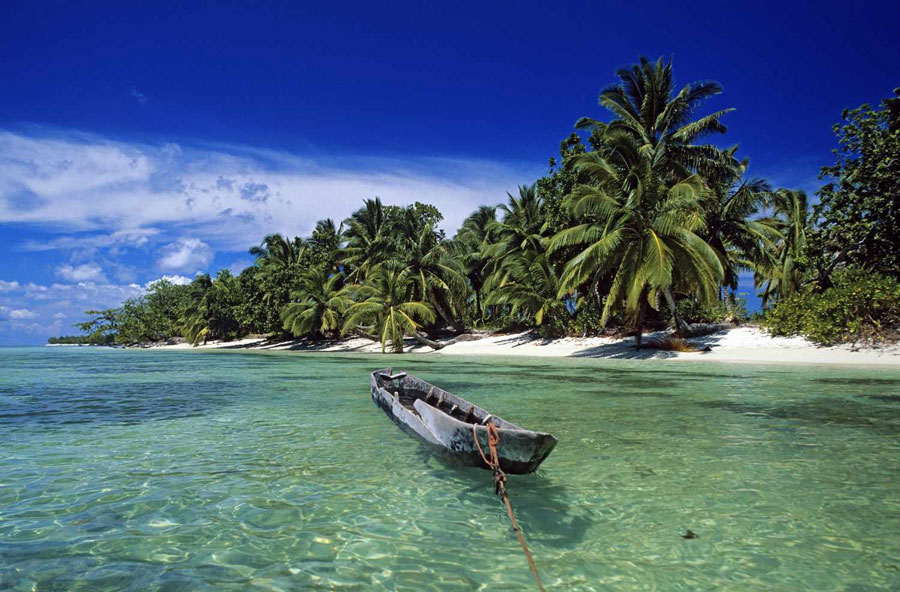
Prepare to plunge into the one-of-a-kind underwater worlds of Madagascar. This island continent harbors astonishing biodiversity unseen anywhere else on Earth. Its reefs teem with exotic endemic marine life evolving in seclusion for eons.
The best place to encounter Madagascar’s incredible marine life is Nosy Be’s northwestern archipelago. At least 300 hard coral species host a kaleidoscope of 1,300 reef fish. Peer through the crystal waters for turtles, over 50 shark species, and migrating whale sharks. Though perfect for beginners, Nosy Be offers incredible biodiversity even seasoned divers rarely witness.
- Features Madagascar’s dive infrastructure well established with a good number of land-based resorts and dive operators.
- Includes also a small number of liveaboards that visit Madagascar’s outlying islands and archipelagos.
- Requires diving skill level suitable for all levels, including snorkelers.
- Has less visibility during rainy season from December through March when most dive centers close
- Features remote diving locations with basic amenities and facilities
- Requires travel to distant sites like Nosy Be involving flights since roads are poor
- Necessitates dive boats for access to many sites
- Poses risks like currents and marine life injuries for which medical care is distant
- Presents language barriers
- Has less dive operators unlike other Indian Ocean destinations
- Experiences occasional cyclone-related cancellations during summer season
- Keep visits between May and December.
- Maintains visibility generally over 100 feet.
- Ranges temperature from 77 to 83°F (25 to 28°C) with the warmest temperatures from July until September and the coldest months January through March.
5. Mauritius
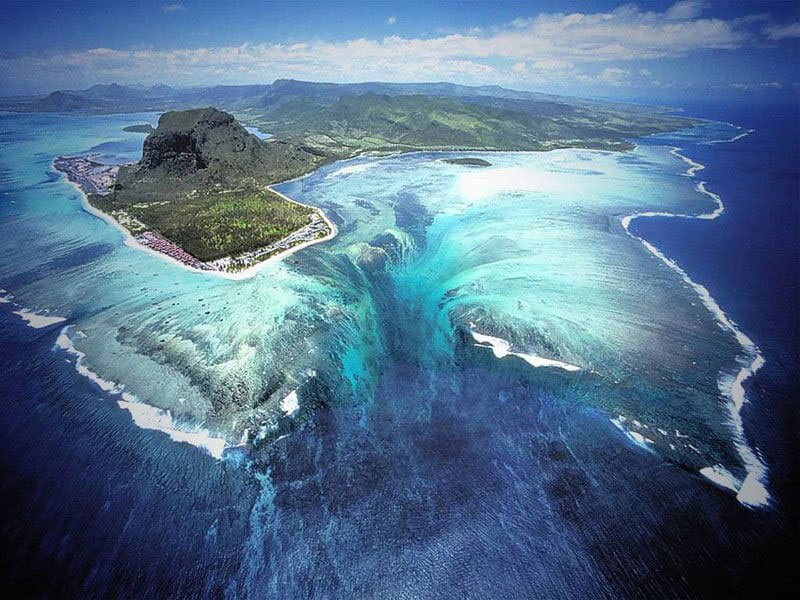
Let the island nation of Mauritius uplift you with its vibrant reefs and exciting marine life encounters. Just 600 miles off Madagascar, this remote tropical paradise rewards divers with a one-of-a-kind Indian Ocean experience.
Though cyclones and overfishing have impacts on its reefs, Mauritius remains a premier dive destination. Sites like Grand-Baie and Trou-aux-Biches offer excellent muck diving and macro life spotting.
- Offers vibrant marine life
- Provides a unique Indian Ocean experience
- Presents varied dive sites
- Facilitates dolphin interaction
- Offers shipwreck exploration
- Experience cyclones and overfishing which impact the island’s reefs
- Involves risk with shark diving
- Requires dealing with remote location
- Provides year round diving accessibility
- Consider visiting Mauritius from November to April.
PRO TIPS >>> Africa Tourism – Best Photography Trips in Africa
6. South Africa
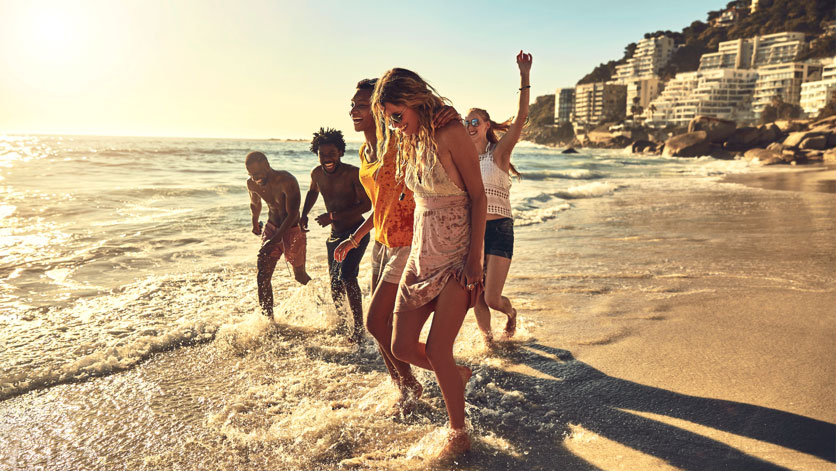
South Africa, with its vast coastline stretching almost 1,700 miles along the Indian Ocean to the east and the Atlantic Ocean to the west, offers an exceptional and thrilling diving experience with adventure. The country’s sheer size results in varied diving opportunities along both its coasts.
- Offers diverse dive sites from warm, tropical waters in the northeastern KwaZulu-Natal province to cooler, kelp-filled environments on the Atlantic coast.
- Has rich marine life
- Caters to all skill levels
- Expect shark encounters
- Has logical variations
- Experience temperature fluctuations
- Offers year round diving in the northeastern coast of South Africa.
- Experience mild temperatures rarely dropping below 70°F (21°C).
- Explore this region’s coastal wonders through Durban’s King Shaka International Airport.
Enjoy the sardine run event which occurs between May and July, with its peak
Overview of Best Snorkeling and diving trips in Africa
Africa’s coastlines provide a rich tapestry of diving destinations, each with its unique charm. Whether you seek colorful coral reefs, thrilling shark encounters, or pristine shipwrecks, Africa has it all.
Some regions, like Zanzibar and Mauritius, provide year-round diving opportunities with warm waters and fantastic visibility. Others, like the South African coast, have distinct diving seasons, each with its unique attractions.
How to Choose Best Snorkeling and diving trips in Africa
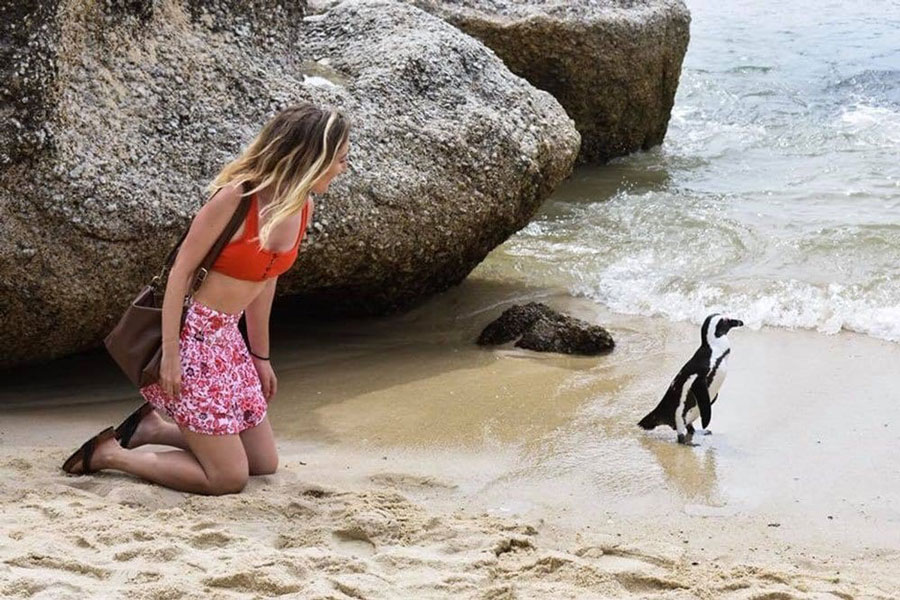
- Research destination
- Define your priorities
- Carry out a skill level assessment
- Consider seasonality
- Make a budget
- Check environmental considerations
- Select accommodation options
- Consult with experts
- Have a health insurance
Pros & Cons of Best Snorkeling and diving trips in Africa
Pros
- Experience the breathtaking Marine Life
- Enjoy various dive sites
- Learn about cultural and historical attractions
Cons
- Struggles with travel logistics
- Risk weather hazards
- Complains on language barrier
GET SMARTER >>> Best Foods & Drinks to Try Out in Morocco (and Why)
What to Watch Out For
- Prioritize your safety and adhere to all diving rules and guidelines.
- Pay attention to weather conditions and the diving season in your chosen destination.
- Verify the quality and condition of your diving equipment.
- Research and choose dive operators with a strong reputation for safety and professionalism.
- Respect marine ecosystems and practice responsible diving.
- Be aware of the location of the nearest medical facilities and emergency services.
- Familiarize yourself with local diving regulations and guidelines. Respect local laws and customs during your stay.
Pro Tips
- Assess your diving skills honestly.
- Familiarize yourself with your diving equipment before your trip.
- Invest in comprehensive travel and dive insurance to cover unexpected situations, including medical emergencies and equipment loss.
- Master buoyancy control to conserve energy, protect fragile reefs, and enhance your overall diving experience.
- Maintain proper hydration is essential for diving.
- Consider trying night diving for a unique and enchanting underwater experience. Ensure you have a reliable dive light.
Recap
You’re done exploring the enchanting underwater worlds of Zanzibar, Seychelles, Mozambique, Madagascar, Mauritius, and South Africa. Each destination offers its unique marine treasures and diving experiences, from vibrant coral reefs to encounters with majestic marine life.
Africa’s diverse coastline caters to divers of all skill levels, from beginners to experts. However, it’s essential to be aware of the pros and cons of each destination, including factors like visibility, travel logistics, and potential risks such as strong currents or marine life encounters.





